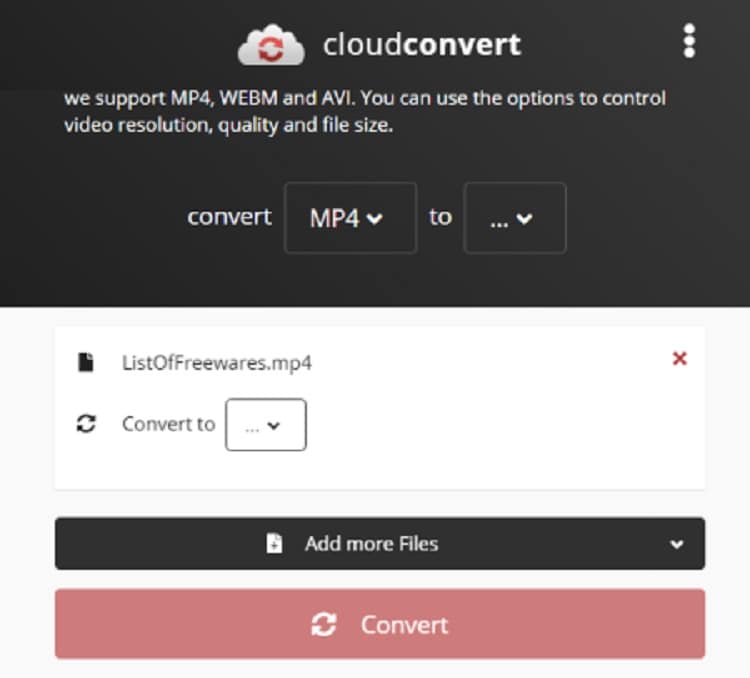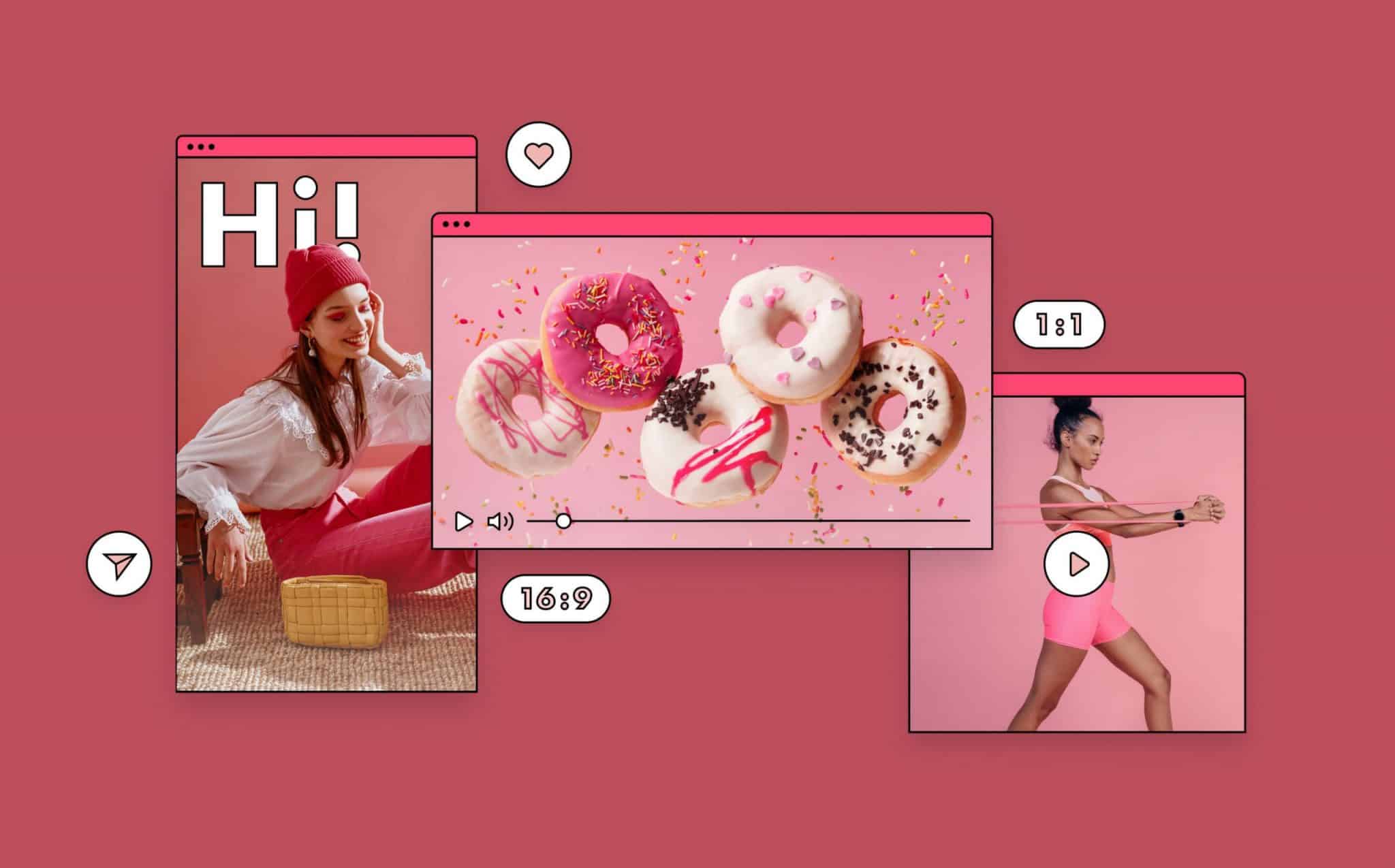
- CHANGE VIDEO ASPECT RATIO FREE HOW TO
- CHANGE VIDEO ASPECT RATIO FREE INSTALL
- CHANGE VIDEO ASPECT RATIO FREE PRO
- CHANGE VIDEO ASPECT RATIO FREE TV
CHANGE VIDEO ASPECT RATIO FREE INSTALL
Make Preparation: Free download 16:9 to 4:3 Converterįree download the professional 16:9 to 4:3 Converter - Avdshare Video Converter ( for Windows, for Mac), install and then launch it, the following interface will pop up.Ĭlick the "Add file" button to import the 16:9 video to this 16:9 to 4:3 converter. The following guide works to convert any video with 16:9 aspect ratio to 4:3 aspect ratio. To convert the 16:9 aspect ratio to 4:3 aspect ratio, a professional 16:9 to 4:3 converter, like Avdshare Video Converter is needed.
CHANGE VIDEO ASPECT RATIO FREE TV
If you happen to have an older TV or computer monitor or cable channel which supports 4:3 aspect ratio, then you need to convert your video with 16:9 aspect ration to 4:3 aspect ratio for the normal video playback. What will happen if we play the video with 16:9 on the device or cable channel which supports 4:3? Well, you will get an abnormal visual effects and black bars on the top and bottom of the device screen.

16:9 is for the high-definition LCD monitors and TVs while 4:3 is for the older TV and computer monitors, but more analog cable channels still use the 4:3 aspect ratio. Can you recommend me a professional 16:9 to 4:3 converter for my conversion?ġ6:9 and 4:3 are two popular video aspect ratios. I need to change the video aspect ratio from 16:9 to 4:3. Depending on your viewers' settings, choosing a custom aspect ratio that does not come close to the aspect ratio of your viewers' screens will result in either a distorted image with the edges cut off or significant black lines on the top and bottom or sides of your video to fill in empty space, while matching your aspect ratio to your viewers' screens will result in a better viewing experience.I have an older TV which supports video with 4:3 aspect ratio and yesterday I tried to play some videos with 16:9 aspect ratio on the TV, all the videos are played but with obvious black bars on the TV screen top and bottom.

If you would like your videos to be able to be viewed in a typical full-screen format, it is also important to consider the aspect ratio of the devices the majority of your viewers will be watching on.

Although it is possible to upload posts with different aspect ratios, such as posting old home videos with aspect ratios that are closer to those of older TVs on YouTube or cropping your Instagram posts using custom aspect ratios, sticking to standard aspect ratios whenever possible ensures that your videos will look their best on your viewers' screens. For example, standard YouTube videos utilize a 16:9 aspect ratio, while standard Instagram posts utilize a 1:1 or 4:5 aspect ratio.
CHANGE VIDEO ASPECT RATIO FREE HOW TO
How to Choose the Right Aspect RatioĬhoosing the right aspect ratio involves considering where your video is most likely to be viewed. Be sure to keep enough space around the subject you are filming to avoid having the important part of your video cut off if your viewers choose to manually adjust the video to fill their screens. If this is not possible, choose a common aspect ratio that can look good, if not necessarily perfect, on most screens, such as 4:3 or 16:9. Many phone and laptop screens also vary significantly, which means that it is a good idea to choose settings that allow videos to adjust to best fit your viewers' devices when editing and uploading your video.
CHANGE VIDEO ASPECT RATIO FREE PRO
Often, these screens do not even have the same aspect ratio as other devices of approximately the same size and age.įor example, Amazon's Fire HD 10 tablet has a long, narrow screen with a 16:10 (or 8:5) aspect ratio, while the iPad Pro 11 has a much wider screen with a 1.43:1 aspect ratio. Similarly, many phones, tablets, and computer screens do not perfectly match the aspect ratio of the content that is produced by digital cameras, video cameras, and even other phones.

Most modern cameras and phones have several settings that allow photographers and videographers to adjust the aspect ratio of their photos and videos, unlike many older cameras that only took one type of photo or video (often with a 3:2 aspect ratio).


 0 kommentar(er)
0 kommentar(er)
